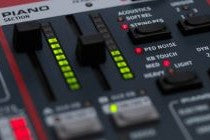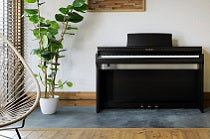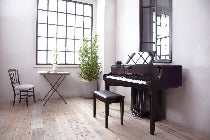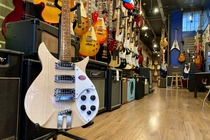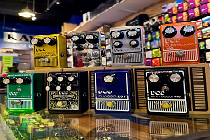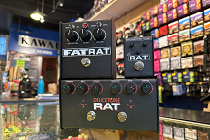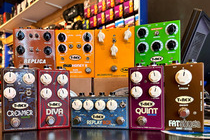Even if you buy the best possible effects boxes, you might find they don't quite sound like they did in the store. The first thing to check is that they are in the right order in the chain.
There is also a lot to be said for experimenting with this to find your sound, but there are some broad 'rules' you can follow to get started.
A typical chain before the amp would be in the following order:
Guitar -> filters/compressors -> overdrives/distortions -> amp
In the amp's FX loop (if it has one), the order would continue:
Modulations (chorus, phaser etc.) -> time based effects (delays and reverbs)
If your amp doesn't have a dedicated FX loop, then these would come between the overdrive/distortion stage and the amp.
So why this order? Well, it's all to do with where you want the effect to be in the chain, relative to other stages. For example, it would be very unusual to place a delay at the front of the chain, because the tone that would result would be a delayed signal being distorted, rather than a distorted signal being delayed. Try it for yourself and you'll hear the difference; the latter is far clearer and 'cleaner' than the former. The same can be said of the distortion pedals. These are most commonly used to drive the signal going into the amp, pushing it harder to create a boosted, more distorted signal. Placed in the FX chain, you'd be colouring the tone of the pedal, taking it away from it's natural voice. This ISN'T necessarily a bad thing if that's the sound you're after, but it is far more unusual.
Pedals such as volume pedals can appear anywhere in a chain depending upon what you would like it to do. For a simple volume control, the volume pedal would come at the end of the chain. However, placed BEFORE the distortion pedal, it acts like the gain knob on the pedal itself, allowing you to control how much the signal is distorted.
Have fun experimenting - that's half the fun!

